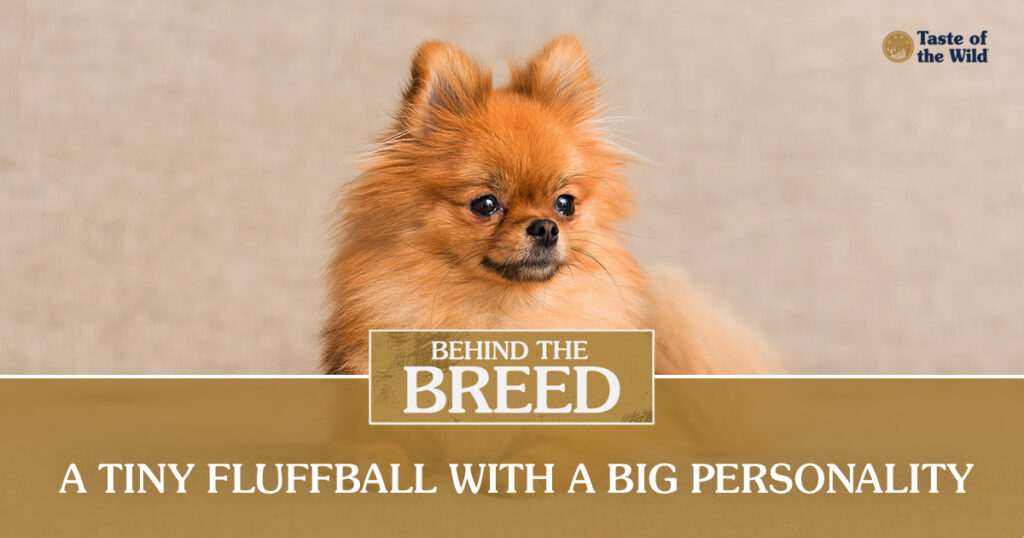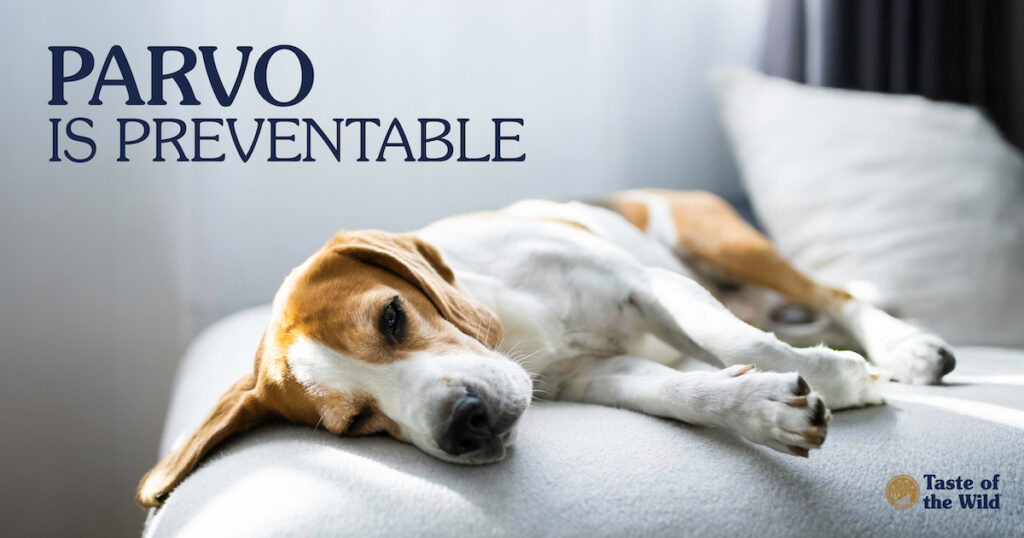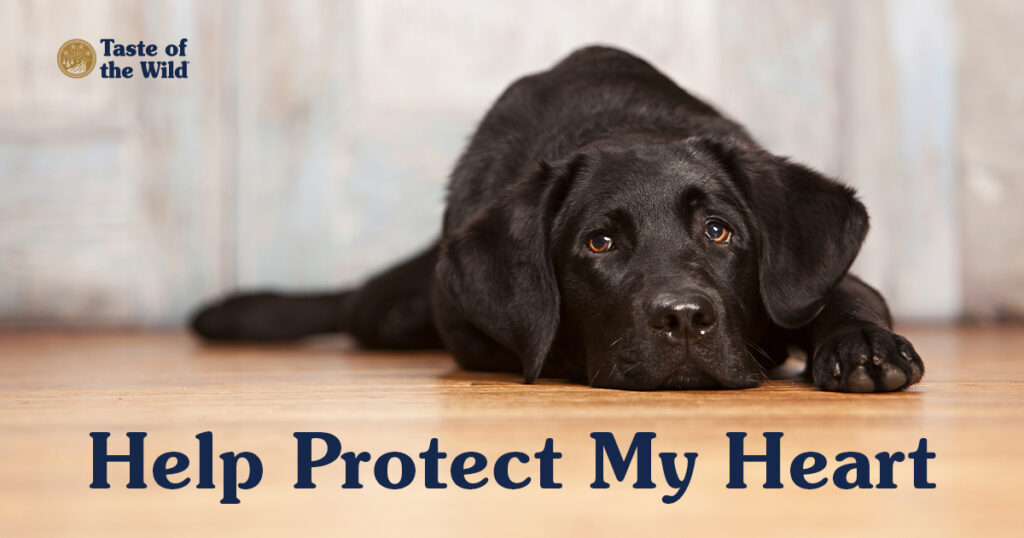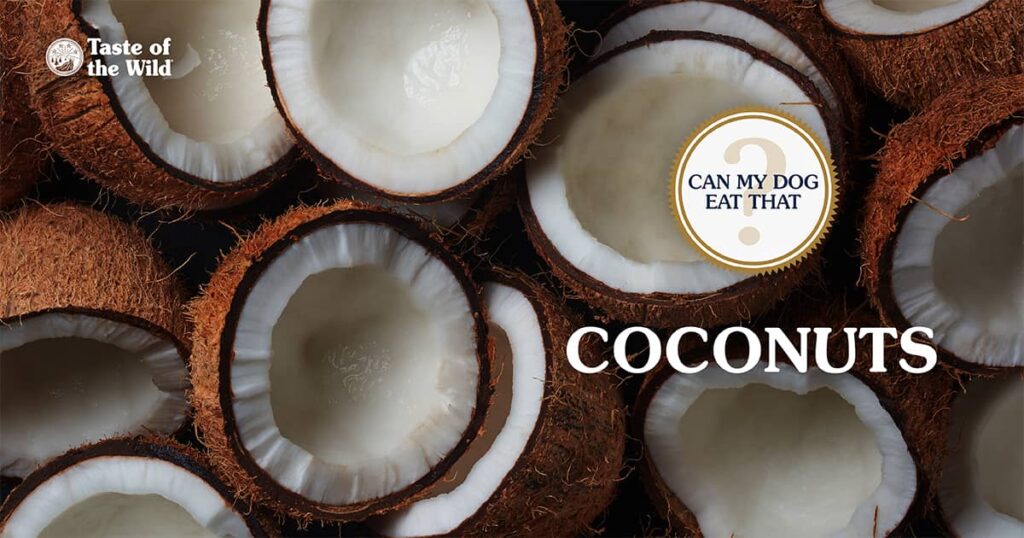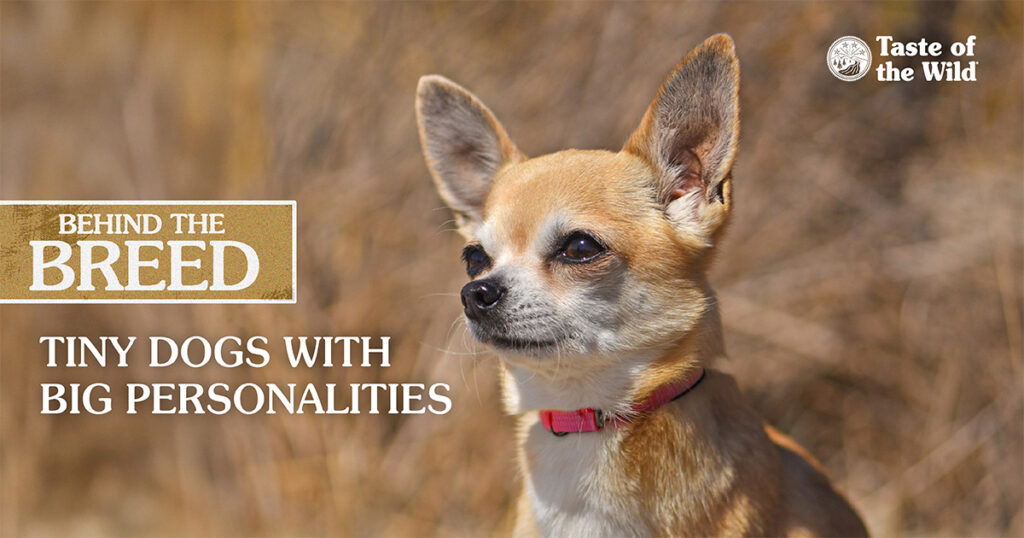
Have you ever wondered about the origins of a dog breed? In our “Behind the Breed” series we’ll dive into the history, personality and physical appearance of a particular breed. We’ll also cover some of the FAQs about the breed and maybe some fun facts, too!
If there’s one thing this breed is known for, it’s the pronunciation of its name. But beyond that shih tzus (pronounced sheed-zoo) are also known for their friendly, happy personalities and their perfect fit for a lapdog lifestyle.
Originating in China, the name shih tzu means “lion dog” — you can probably see why. They are thought to be bred from Lhasa apso and Pekingese crosses, and are considered one of the oldest dog breeds. Kept hidden in China for centuries, shih tzus became an American Kennel Club recognized breed in 1969, and they remain a popular lapdog breed today.
Shih Tzu Temperament
What these tiny dogs lack in size, they make up for in personality. These cheerful dogs are affectionate extroverts who love spending time with their humans. Shih tzus are wonderful playmates for children (supervision of young children is still recommended) and are friendly towards other pets, including cats.
However, if you’re away from home a lot and don’t plan on taking your shih tzu with you, they may not be the best breed for you. Shih tzu dogs are prone to separation anxiety if their pet parents leave them alone for long periods. Early socialization and training of a shih tzu puppy can help reduce the development of separation anxiety and avoid excessive barking while you’re out of the house.
Shih Tzu Size
Shih tzus are a toy breed, typically growing to, at the most, 11 inches and 16 pounds. Their little legs don’t need much exercise — just a 30-minute walk or an energetic playtime at home is all they typically need to stay fit and healthy. This makes them great for apartment living or for families with small backyards. Shih tzu owners find that they’re about average in regards to training ease, requiring positive reinforcement for a successful training session. Shih tzus don’t have an excessive need for mental stimulation.
Do Shih Tzus Shed?
Shih tzus don’t shed much and are generally easy to take care of. However, their long smooth coat does require regular brushing as it easily mats. Regular shih tzu haircuts are needed, especially to keep the hair out of their eyes. If you’re looking for an easier grooming experience, you can ask your groomer for a puppy cut, which will make all of their hair the same length. A shih tzu’s coat can come in a variety of colors, including blue, liver, silver, red, gold, black, brindle and combinations of these colors with white.
Are Shih Tzus Hypoallergenic?
Shih tzus are a low-shed breed. However, there are no breeds that are 100% hypoallergenic (including hairless breeds). This is because the proteins that cause allergies in people are found in the urine and saliva of dogs as well as their dander (dead skin cells). Generally, low-shed breeds cause fewer reactions because allergens in the dander aren’t spread into the environment as much. But it is still possible for people to be allergic to shih tzus.
Shih Tzu Health Issues
Shih tzus are a brachycephalic breed, which means their facial features can make it harder for them to breathe when they’re hot, after exercise, while swimming and if they’re stressed. They may not be allowed to fly, especially in the cargo hold. So check the airline’s requirements before planning a flight with your shih tzu.
Shih tzus are generally a healthy breed but can be more prone to kidney stone development than other breeds. Other common health issues include eye problems, hip dysplasia, ear infections, dental disease and obesity. The shih tzu life span varies, but they can live up to 18 years.
Are Shih Tzus the Dog Breed for You?
Potential pet parents seeking a cute companion breed with a sweet disposition, shouldn’t overlook the little lion dog. Shih tzus are friendly, intelligent dogs that make a loyal and playful lapdog.





